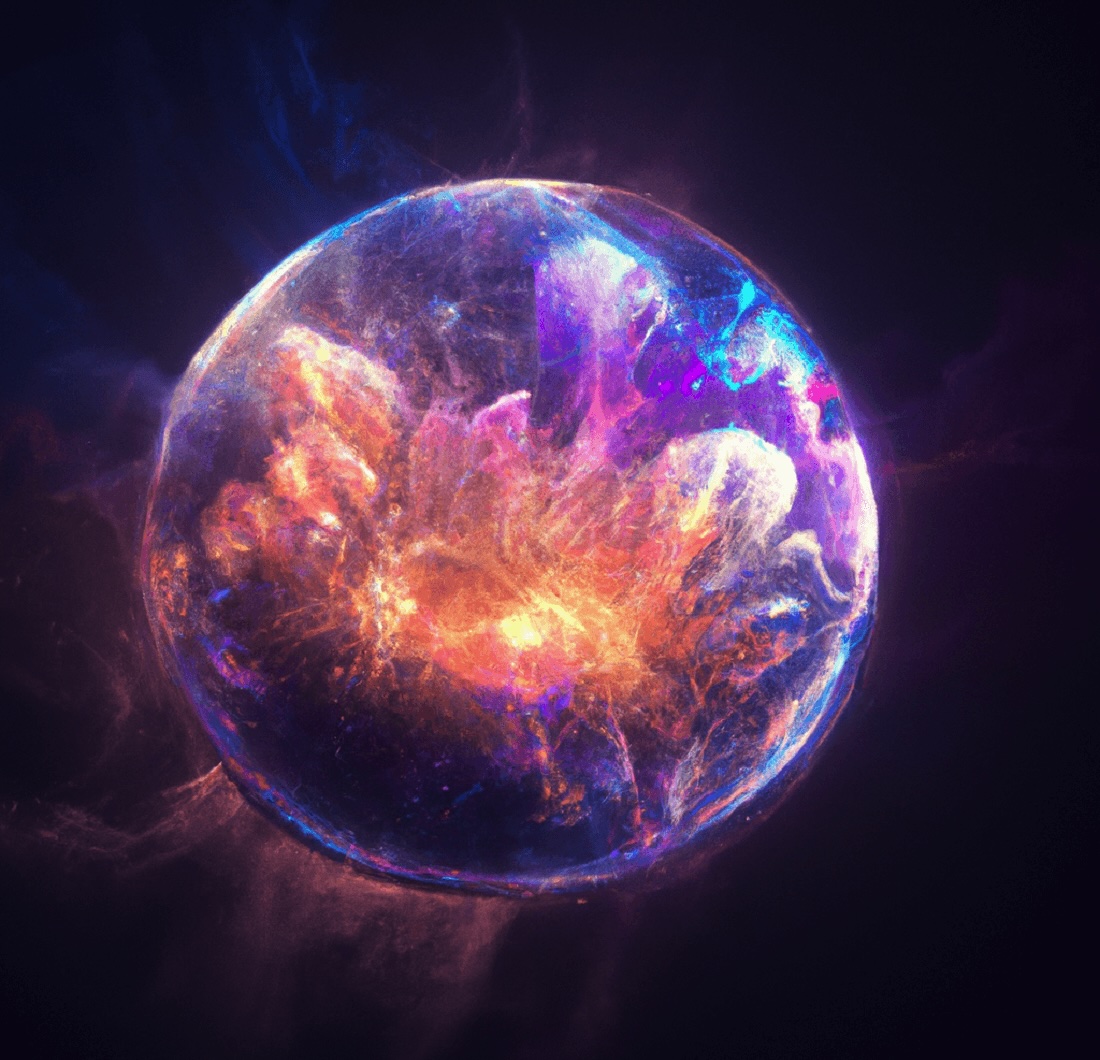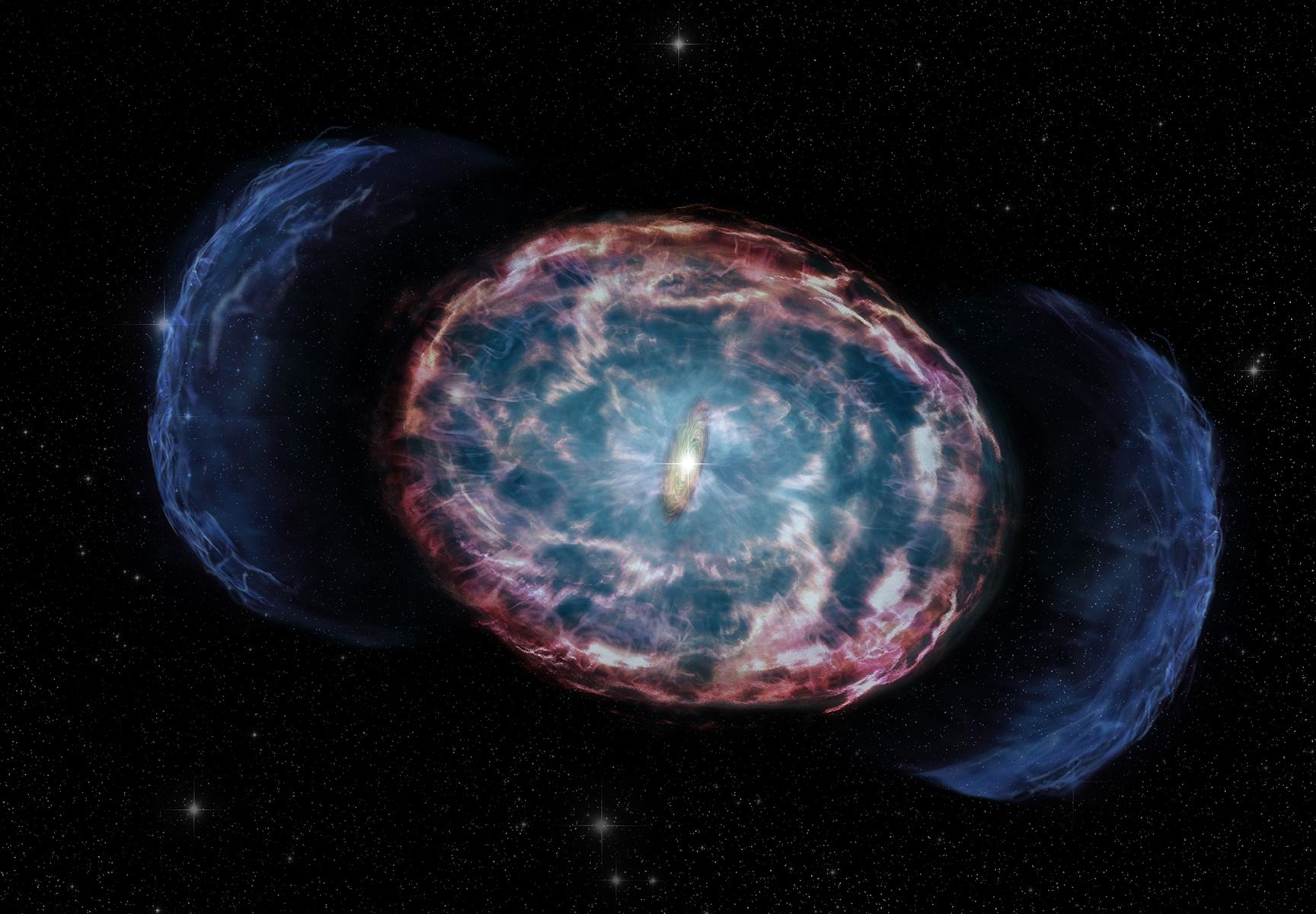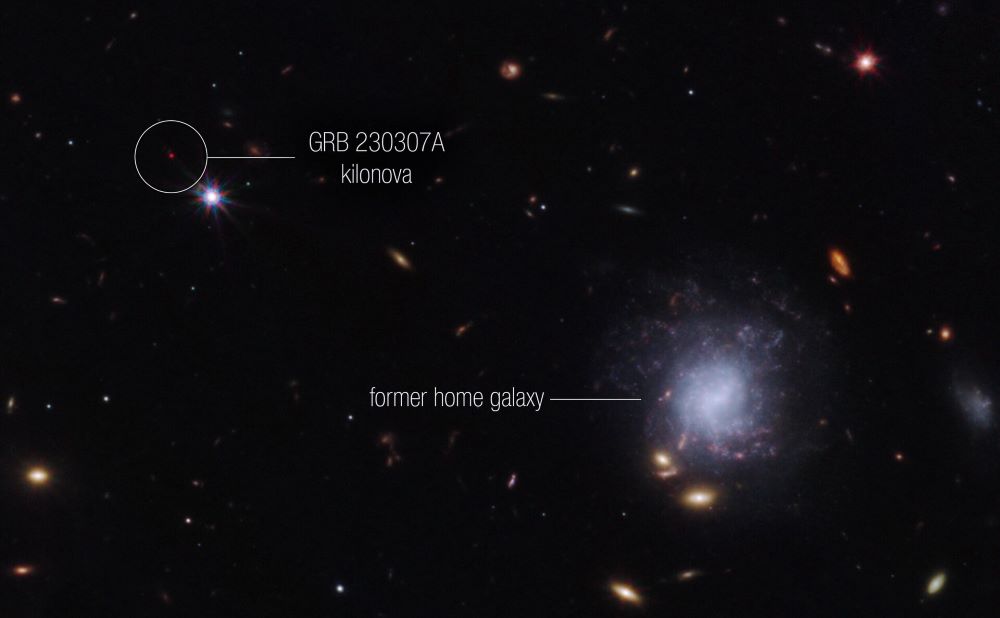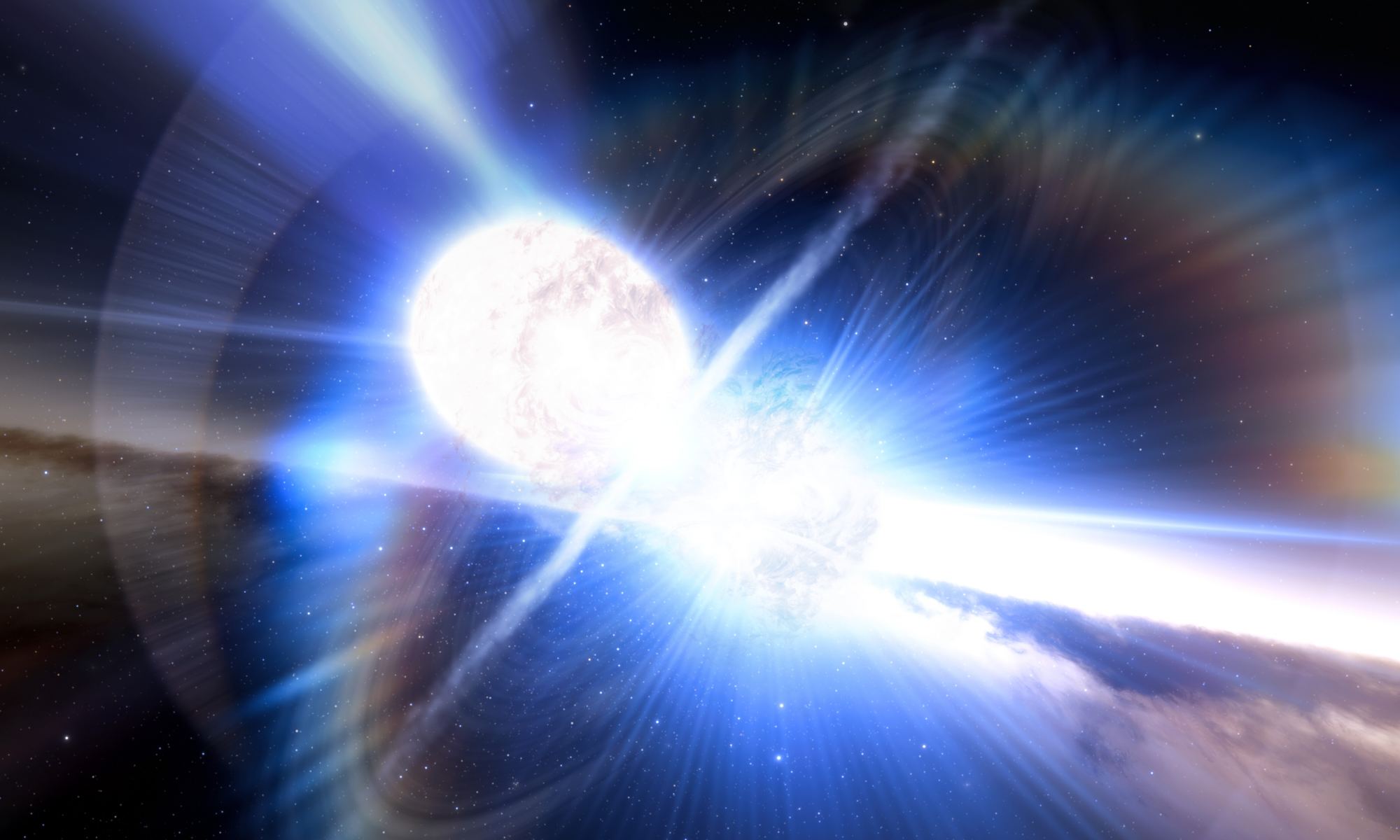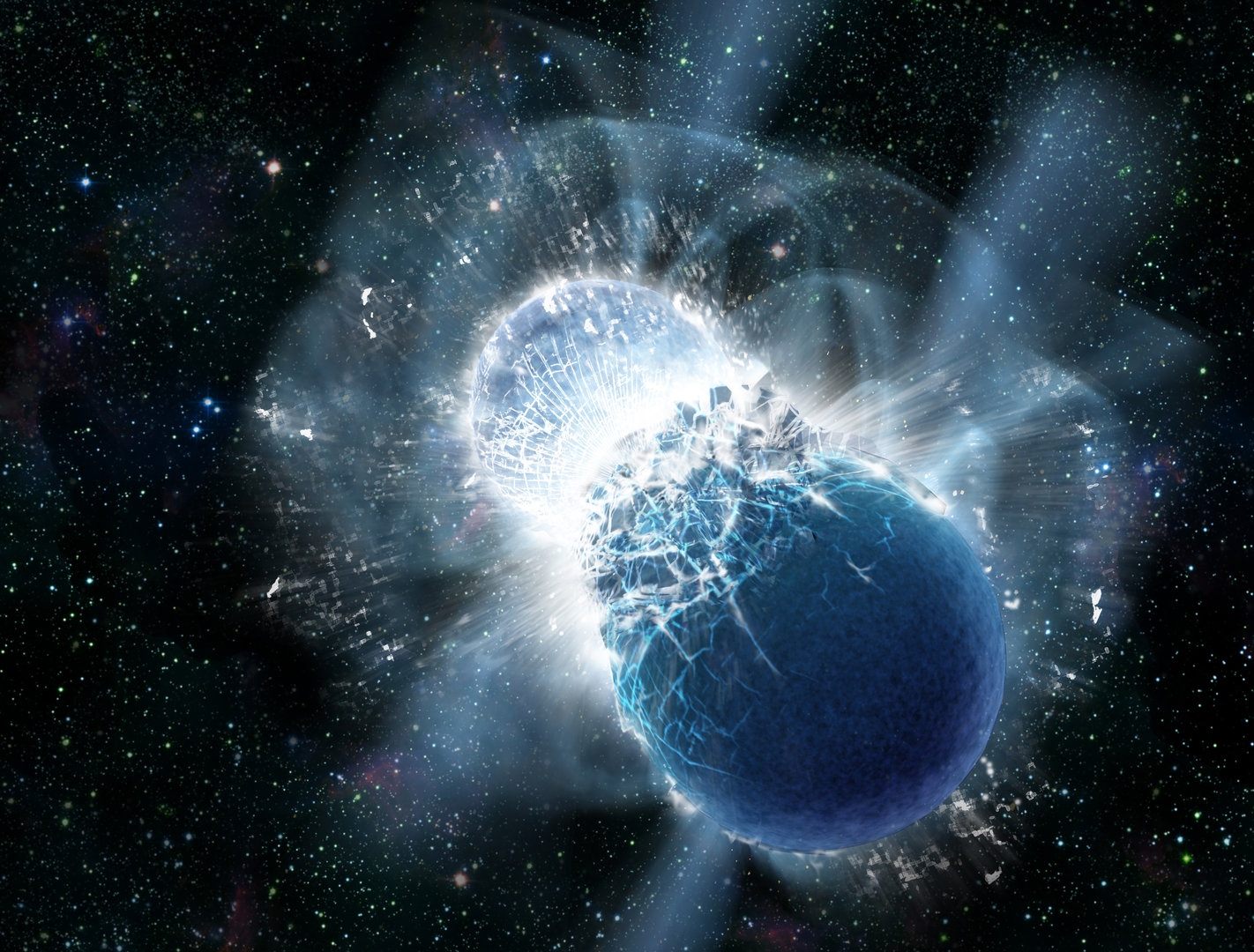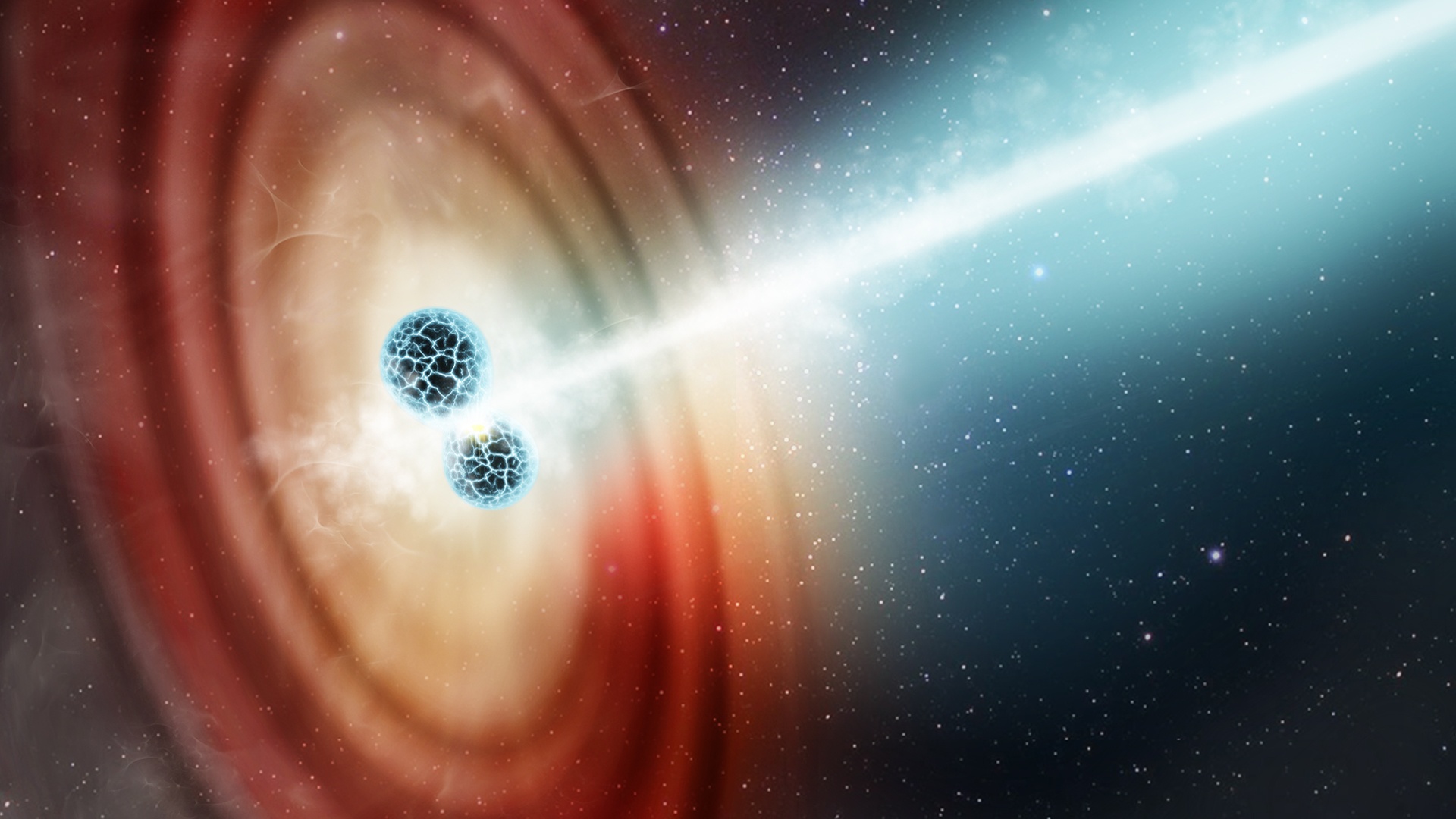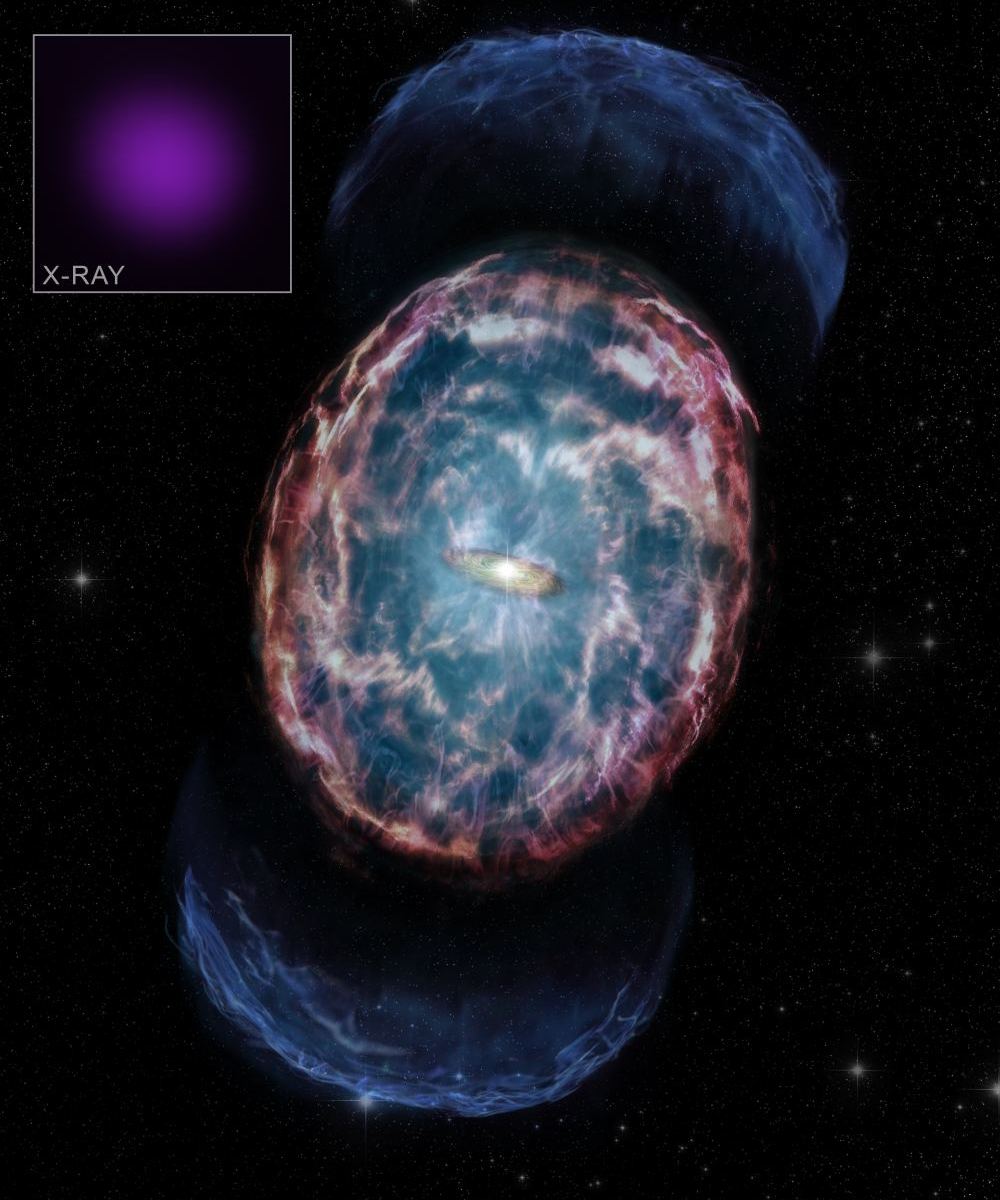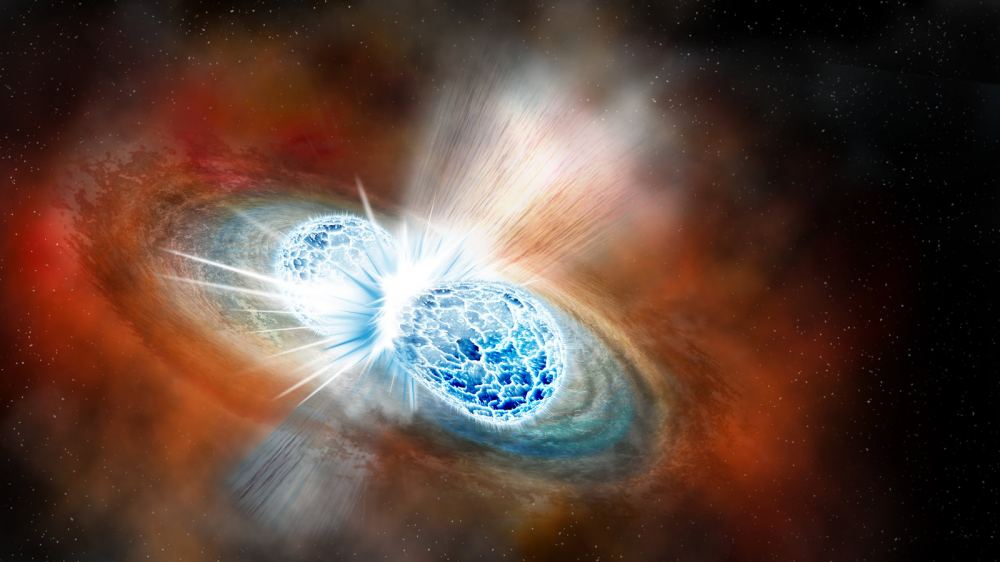According to some in the astrophysical community, there has been something of a “Crisis in Cosmology” in recent years. Though astronomers are all aware that the Universe is in a state of expansion, there has been some inconsistency when measuring the rate of it (aka. the Hubble Constant). This issue arises from the Cosmic Distance Ladder, where astronomers use different methods to measure relative distances over longer scales. This includes making local distance estimates using parallax measurements, nearby variable stars, and supernovae (“standard candles”).
They also conduct redshift measurements of the Cosmic Microwave Background (CMB), the relic radiation left over from the Big Bang, to determine cosmological distances. The discrepancy between these two methods is known as the “Hubble Tension,” and astronomers are eager to resolve it. In a recent study, an international team of astrophysicists from the Niels Bohr Institute suggested a novel method for measuring cosmic expansion. They argue that by observing colliding neutron stars (kilonovae), astronomers can relieve the tension and obtain consistent measurements of the Hubble Constant.
Continue reading “Colliding Neutron Stars Could Help Measure the Expansion of the Universe”


